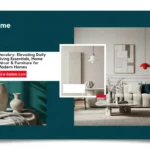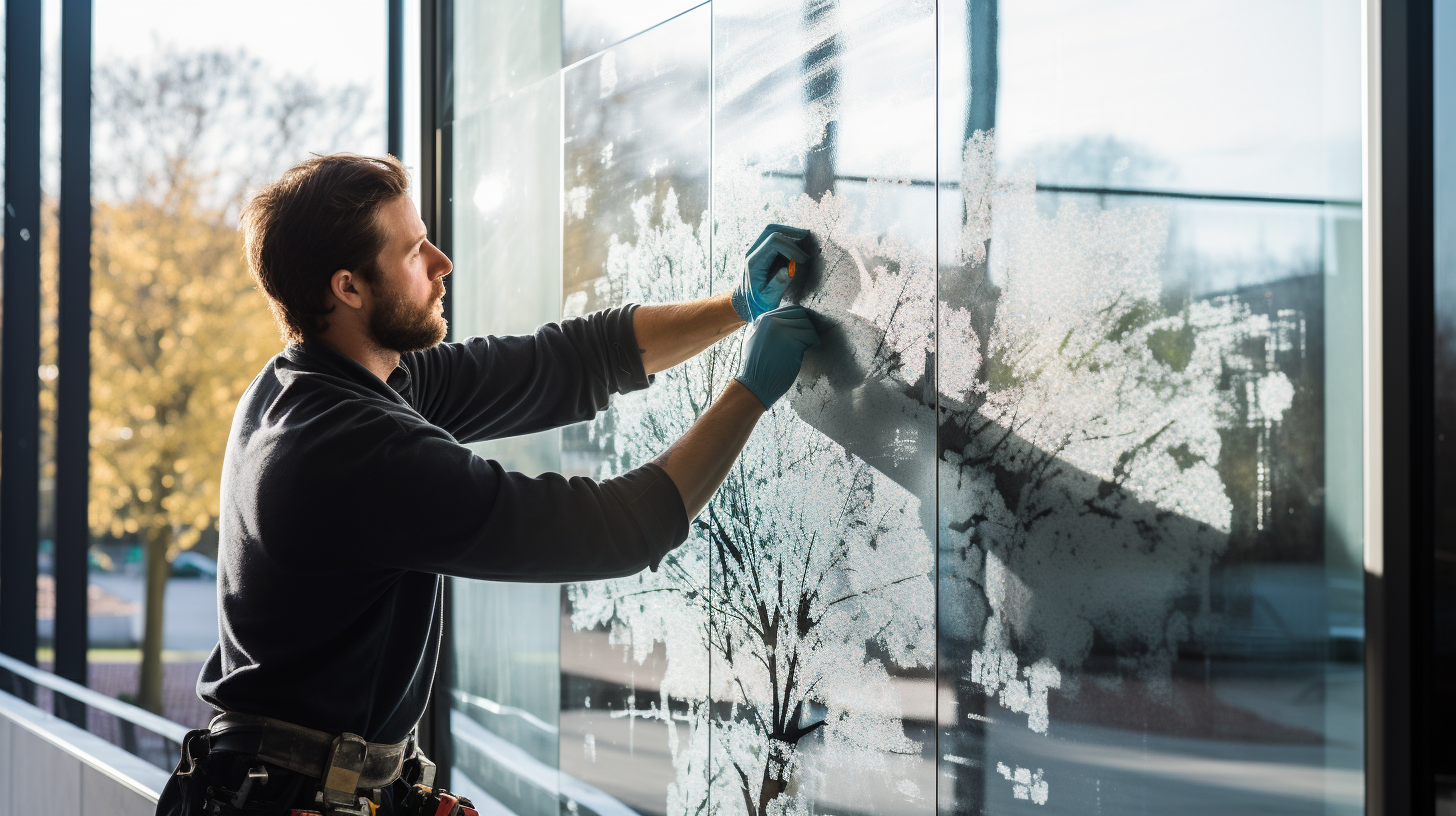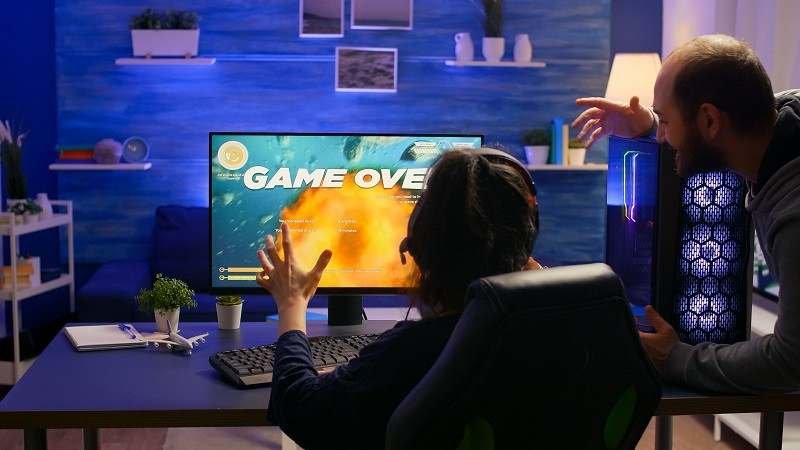Comparing Decobry to 3M Vinyl for Home Decor

Decobry, as a self-adhesive decorative film designed for DIY home transformations, offers an affordable way to mimic premium materials like marble, wood, or concrete. In contrast, 3M vinyl, particularly lines like DI-NOC architectural finishes and Wrap Film Series 2080, is a professional-grade product often used for both residential and commercial applications. While both are vinyl-based self-adhesive films for surface revamps, they differ in quality, durability, application, and cost. This comparison is based on product features, user reviews, and expert insights, highlighting how Decobry suits budget-conscious DIYers, while 3M targets high-end, long-term projects.
Overview of Each Product
Decobry is typically a multi-layered vinyl film with embossed textures for realistic finishes, marketed for easy home decor updates like furniture makeovers or countertop refreshes. It’s repositionable, water-resistant, and aimed at renters or casual users seeking quick, reversible changes.
3M vinyl, such as DI-NOC, is an architectural film with advanced adhesion technology, including air-release channels for bubble-free application. It’s engineered for durability in high-traffic areas, offering over 1,000 patterns that replicate metals, woods, and stones with high fidelity. 3M also includes abrasion-resistant variants for added protection.
Key Comparison Table
| Aspect | Decobry (Typical DIY Decorative Film) | 3M Vinyl (e.g., DI-NOC or 2080 Series) |
|---|---|---|
| Material Quality | Multi-layered vinyl with embossed textures; realistic but thinner (around 0.1-0.2mm). Affordable materials like PVC. | Premium vinyl with clear coats for depth; thicker (0.2-0.35mm) and more conformable. Uses advanced polymers for lifelike finishes. |
| Durability | Water-resistant, scratch-resistant; lasts 2-5 years in low-traffic areas. May peel or fade with heavy use. | Highly durable, abrasion-resistant options; up to 8-10 years with warranty. Resists UV, chemicals, and wear better. |
| Application | Easy DIY; repositionable adhesive, but prone to bubbles on uneven surfaces. No special tools needed. | Professional-friendly with air-release tech for smooth install; heat-conformable for curves. May require primers for tough surfaces. |
| Patterns & Variety | Common options like marble, wood grain, geometrics; 50-100 designs focused on home trends. | Over 1,000 patterns including premium metals, woods, and abstracts; highly customizable for architectural use. |
| Price | Budget-friendly: $5-15 per roll (e.g., 2×10 ft). Great for small projects. | Premium: $20-50+ per roll; higher cost justified by quality and longevity. |
| Best For | Home DIY, renters, temporary updates like kitchen counters or furniture. | Commercial spaces, long-term residential renos, vehicles; where realism and endurance matter. |
| User Reviews | Praised for ease and affordability; some note bubbling or less realistic texture over time. | Highly rated for professional results (4.6/5 stars); excellent conformability but steeper learning curve. |
Detailed Features and Differences
Durability and Performance: Decobry excels in basic protection against stains and moisture, making it suitable for kitchens or bathrooms. However, in tests comparing regular vinyl to 3M’s abrasion-resistant lines, 3M holds up better to scratches, cleaning agents, and wear—regular vinyl (like Decobry) showed more residue after heavy cleaning. 3M’s films are UV-resistant and backed by warranties, ideal for sun-exposed areas.
Application and Ease of Use: Both are self-adhesive, but Decobry’s water-based adhesive allows easy repositioning for beginners, though it may lift on textured surfaces. 3M’s air-release channels and heat-activated conformability make it superior for complex applications like curved furniture or walls, reducing bubbles and creases. Users report 3M requires more skill but yields flawless results.
Patterns and Aesthetics: Decobry offers trendy, realistic patterns for modern interiors, but 3M’s extensive catalog includes unique finishes like oxidized metals or premium woods that feel more authentic to the touch. For home decor inspiration, Decobry is great for quick boho or minimalist updates, while 3M suits sophisticated, commercial-like designs.
Cost and Value: Decobry provides excellent value for temporary or budget projects, often half the price of 3M. However, 3M’s higher upfront cost is offset by longer lifespan and fewer replacements, making it more economical long-term.
Environmental and Maintenance: Both are removable without residue, promoting sustainability through upcycling. 3M emphasizes eco-friendly manufacturing and better resistance to cleaners, while Decobry is easy to wipe but may require gentler care.
Pros and Cons Summary
- Decobry Pros: Affordable, beginner-friendly, versatile for DIY; quick transformations without commitment.
- Decobry Cons: Less durable for heavy use; limited patterns; potential for application issues like bubbles.
- 3M Vinyl Pros: Superior quality, extensive options, long-lasting; professional results.
- 3M Vinyl Cons: Higher cost; may need tools like heat guns; overkill for simple home projects.
In user comparisons of vinyl brands, affordable options like those similar to Decobry (e.g., d-c-fix or Oracal) are favored for ease, while 3M stands out for reliability in demanding applications.
Conclusion
If you’re a DIY enthusiast on a budget looking for stylish, temporary home decor updates, Decobry (or similar films) is an excellent choice for its accessibility and inspiration potential. For durable, high-fidelity finishes in professional or long-term settings, 3M vinyl outperforms with its advanced technology and warranty. Consider your project scale—start with Decobry for testing ideas, then upgrade to 3M for permanence.









